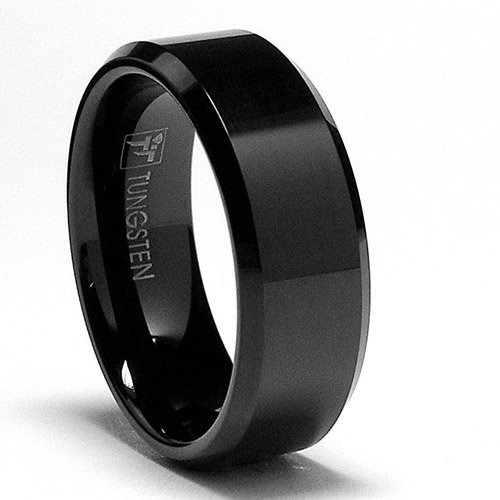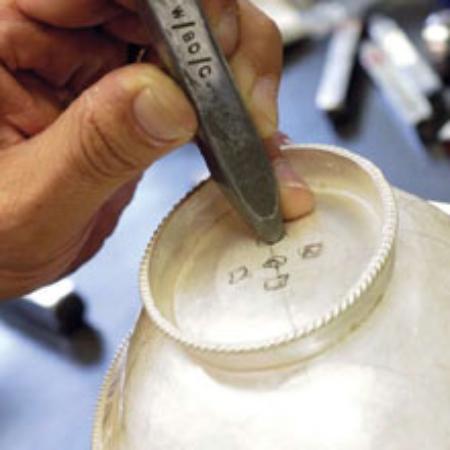Tungsten Carbide is an inorganic chemical compound which contains equal numbers of tungsten and carbon atoms. In its most basic form, it is a fine gray powder which can be pressed and formed into shapes for use in industrial machinery, tools, abrasives, as well as men’s jewellery.
The notable and rare combination of physical properties possessed by tungsten carbide makes it useful for a variety of applications. It is extremely strong and wear-resistant.
There are only a few materials on earth that can be used to cut or engrave tungsten carbide, one of which is industrial diamond abrasives Its tensile strength is very high but brittle under high pressures as a result. To boil, it must be heated extremely high to 10,382° F (6,000° C with the melting point being 5,200° F (2,870° C).
It is important to note that tungsten carbide is made in many different grades, which have different properties depending on what each will be used for. There are nearly two dozen different grades of carbide, but they are almost all variations of just a few parameters: grain size, hardness, and the degree to which a binder is used. Generally, the higher the percentage of the finished product that is composed of binding materials like nickel, the softer it will be and the more it will wear. The size of the original powder grains makes slightly less difference, but can affect the amount of shock that the product will be able to withstand.
Tungsten carbide can be made by reacting tungsten and carbon at temperatures of around 2,552 to 3,632° F (1,400 to 2,000° C). It is then often made into mills and cutting tools for industrial use, which are able to withstand heavy use and high temperatures.
Military organizations also use tungsten carbide in armour-piercing ammunition as an alternative to depleted uranium because of its very high density and hardness level.











